Tea is a drink that has existed since ancient times, closely associated with the lives of East Asians. In Vietnam, drinking tea has become popular and is considered a beautiful part of cultural life. If tea were just a common drink, it would be very simple, but to enjoy it is an art, elevated to the level of tea ceremony...

The hobby of tea and the art of tea enjoyment must have all the elements: first water, second tea, three cups, four vases, and five groups of heroes - Photo: NB
Tea has appeared in our country for thousands of years. There was a period when tea was almost exclusively used for royalty and noble families. Gradually, tea became more and more rustic, close, and familiar to all classes. Drinking tea has become a custom of the Vietnamese people, from the simple and popular form of drinking to performing rituals of worship, funerals, communication, village affairs, and national affairs.
Many ancient research documents show that drinking tea properly helps quench thirst as well as aid digestion, eliminate phlegm, avoid drowsiness, stimulate kidney function, improve eyesight, clear the mind, dispel lethargy and burn fat.
In addition, modern science has also proven that green tea contains up to 12 groups of active ingredients with many typical substances such as polyphenols, alkaloids, amino acids, vitamins, flavonoids, flour, tannins, saponins... At the same time, it has the ability to inhibit and prevent the development of cancer cells because tea contains a medicinal property called EGCG (Epi gallocatechine gallate). This medicinal property of EGCG has an antioxidant 100 times stronger than vitamin C and 25 times stronger than vitamin E. Tea is also very beneficial for the respiratory system, cardiovascular system, helping to live longer and healthier.
The art of tea drinking was popular during the Tang Dynasty. During that time, the layman Lu Yu studied the tea ceremony and published the Tea Classic - the world's first specialized book on "Tea Studies". Lu Yu was later honored as the Tea Saint thanks to this masterpiece. In Japan, tea ceremony is known as an art form. Tea ceremony was developed around the end of the 12th century. According to Japanese legend, around that time, a Japanese monk named Eisai (1141-1215) went to China to study and consult.
When he returned to Japan, he brought some tea seeds to plant in the temple yard. Later, Eisai himself wrote the book “The Pure Tea and the Life-Changing Record”, which revolves around the pleasure of drinking tea. The Japanese people have cleverly combined the pleasure of drinking tea with the Zen spirit of Buddhism to enhance the art of enjoying tea, developing this art into a tea ceremony with pure Japanese characteristics.

"Boi Huong" tea shop - a place connecting tea lovers, especially famous Vietnamese teas in Quang Tri - Photo: NB
Both the Chinese Tea Classic and the Japanese Tea Ceremony discuss the elaborate and complex ways of making and enjoying tea. In Vietnam, the art of enjoying tea is not as elaborate as the Tea Classic and Tea Ceremony, but is more refined, open, and simple, yet still creates its own identity and beauty and reflects the culture of the Vietnamese people. The art of enjoying tea of the Vietnamese people generally has five main elements: First water, second tea, third cup, fourth vase, and fifth group of heroes.
The first element is that the water for making tea must be delicious and pure. Most tea drinkers believe that the best water for making tea is dew on lotus leaves, or rainwater collected from areca leaves. More sophisticated people mix clean, clear well water with rainwater to create a mixture called yin and yang water. It is especially taboo to use tap water, water contaminated with alum, or water containing many impurities. Then, boil the water in a clay pot on a dry wood stove so that the water boils slowly, not being "forced" to boil like an electric appliance. The water for making tea should only be boiled to about 75 - 80 0 C. If the water is not boiling enough, the tea will not be rich, but if it boils too much, the tea will be "burnt", with a strong, burnt taste.
The second important factor (second tea) is that the tea must be delicious and suitable for the taste. For many years now, the hobby of playing with and enjoying tea has not only focused on the elderly but also attracted many middle-aged and young people. Many delicious tea lines in the country and in countries around the world are chosen by tea lovers such as: Tan Cuong tea (Thai Nguyen), Shan Tuyet tea (in the provinces of Ha Giang, Yen Bai, Lai Chau), Darjeeling tea (India), Tieguanyin Oolong tea (China), Early Grey tea (United Kingdom), Sencha tea (Japan)... Many Vietnamese people are more meticulous, sophisticated, and creative when brewing tea, marinating it in lotus petals to create a premium lotus tea flavor to enjoy and entertain tea friends and guests.

Shan Tuyet tea infused with white lotus always brings a unique flavor that captivates tea drinkers - Photo: NB
The three cups (tea cups) are a very important element in the art of tea drinking. For many sophisticated and sophisticated people, they often choose two types of tea cups for the hot and cold rainy seasons. If the summer is hot, use a tea cup with a wide mouth so that the tea evaporates and cools faster. In the cold winter, choose a thick tea cup with a small curved mouth to retain heat, creating a cozy feeling for the tea drinker. The size of the tea cup depends on the type of tea, for example: unfermented tea usually uses a small cup, semi-fermented tea uses a medium-sized cup, black tea or herbal tea chooses a large cup. The cup for drinking tea is usually an unglazed fired ceramic cup.
The four pots (also called teapots) include specialized pots and traditional pots. The art of tea drinking in the world and in Vietnam has many similarities when it comes to choosing teapots made of ceramic, close to nature.
The three-cup and four-cup elements also include how to use them to make tea. The way to make tea greatly determines the quality of the tea. Before making tea, people use boiling water to rinse the cups and teapot to clean and "stimulate" the heat. When putting tea in the teapot, the brewer must pay close attention to the amount of tea so that it is just enough to satisfy the need to enjoy it, avoiding being too bland or too bitter. Pour boiling water just enough to cover the tea, then quickly rinse it and pour it away to "wash the tea", then pour enough water into the pot and cover it, then pour a little hot water on top of the lid to preserve the aroma of the tea. Wait about 1-2 minutes before pouring it out to enjoy.
Ngu quan anh means tea friends or people who drink tea together. According to the Vietnamese point of view, tea friends are harder to find than drinking friends. Having a tea friend means having a soul mate. Enjoying tea can be done alone, in pairs or in groups. During tea enjoyment, the person pouring tea must be delicate and have a deep understanding of this pleasure to avoid losing the enjoyment of tea. If there are large cups, pour from the teapot into the large cups first and then pour into the small cups.
If you don’t have a serving cup, you have to pour a little bit into each serving cup, then pour back in turn. That way, each cup of tea will have a similar intensity, not one that is too strong or too weak. Each step of making tea must be artistic, creating elegance and politeness.
The person pouring the tea must lower his hand to let the water flow gently into the cup and show respect and affection for the person enjoying the tea. From there, make the person enjoying the tea excited, interested and that is also the art of communication.
Tet is coming, a cup of tea is like the beginning of a story, connecting people together, opening their hearts, listening and sharing about their wishes and hopes for the new year...
Nhon Four
Source



![[Photo] Visiting Cu Chi Tunnels - a heroic underground feat](https://vstatic.vietnam.vn/vietnam/resource/IMAGE/2025/4/8/06cb489403514b878768dd7262daba0b)





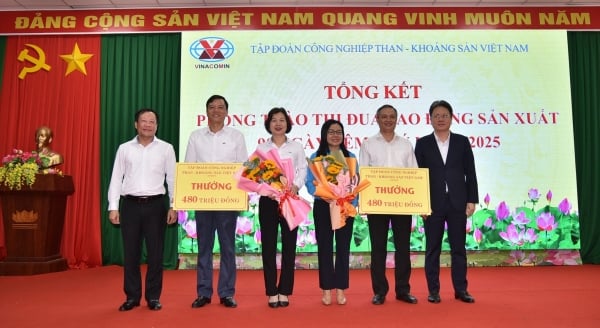
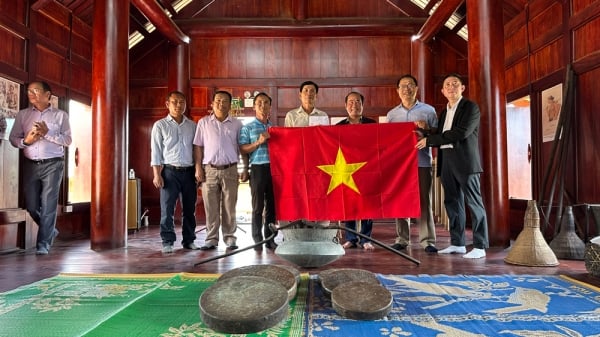

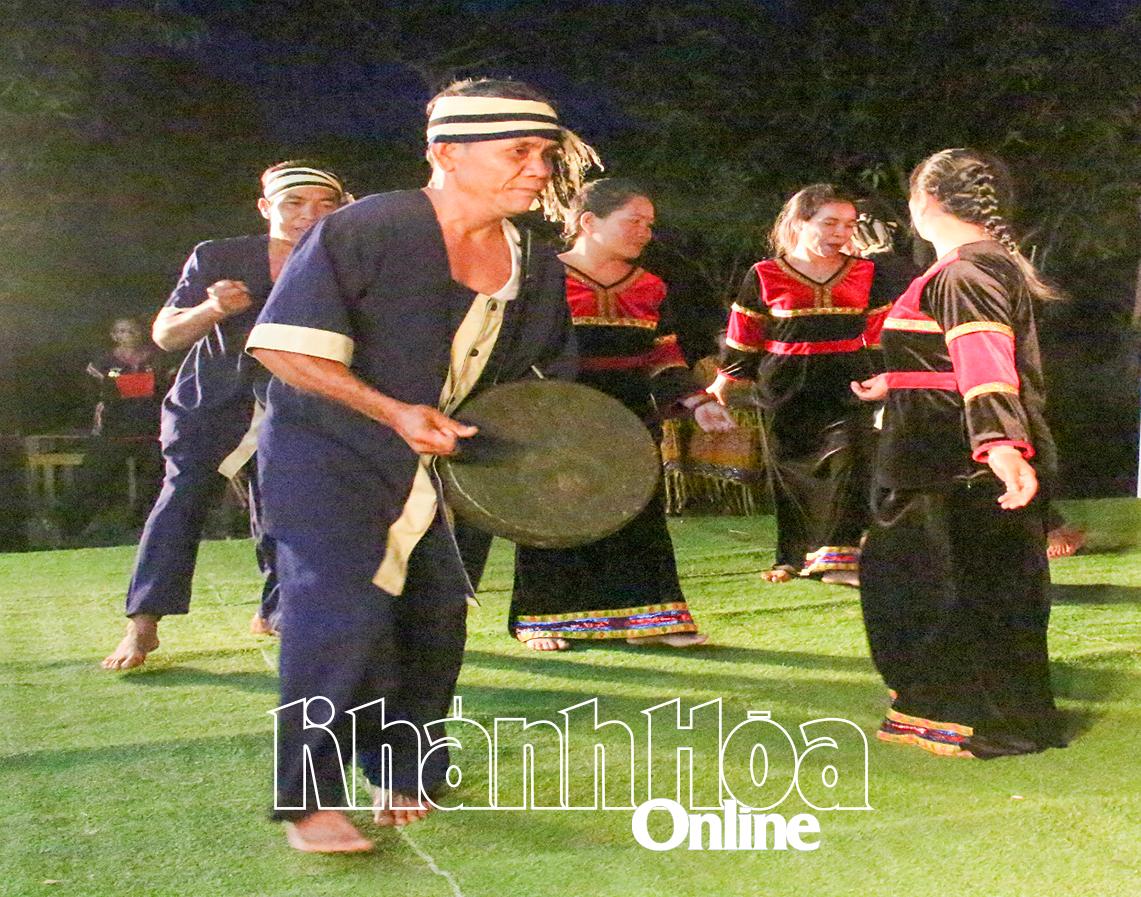

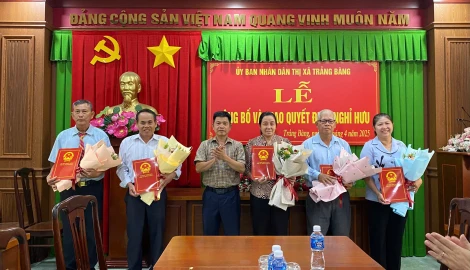
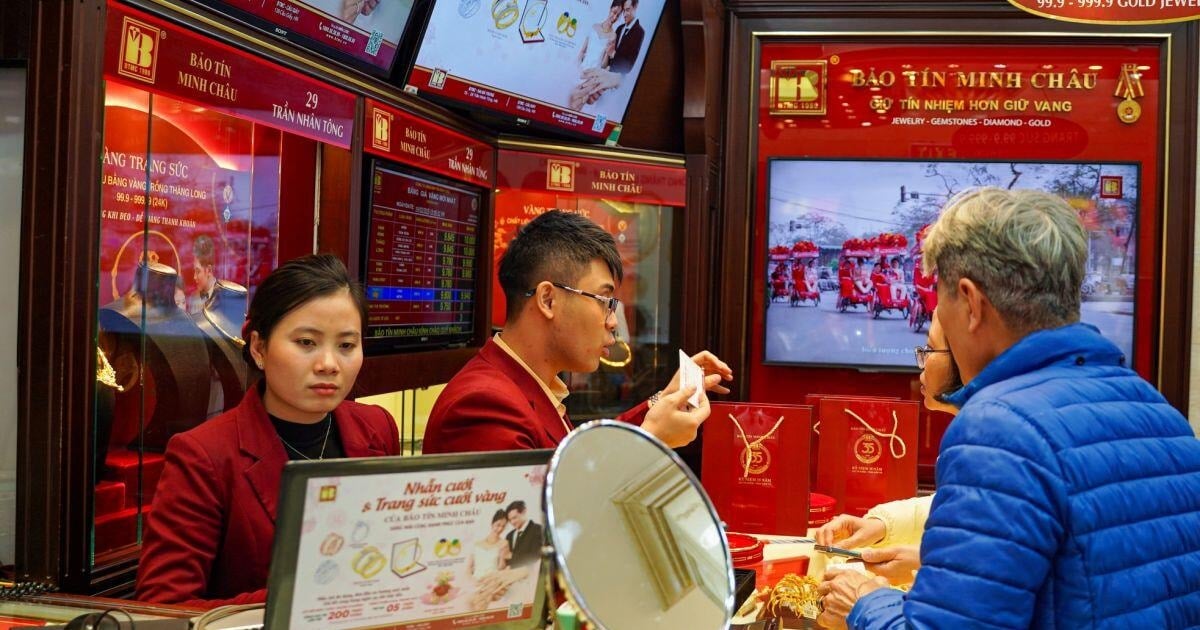
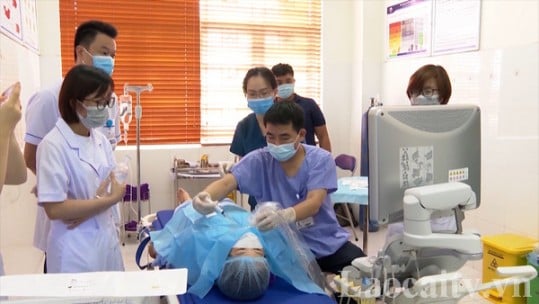
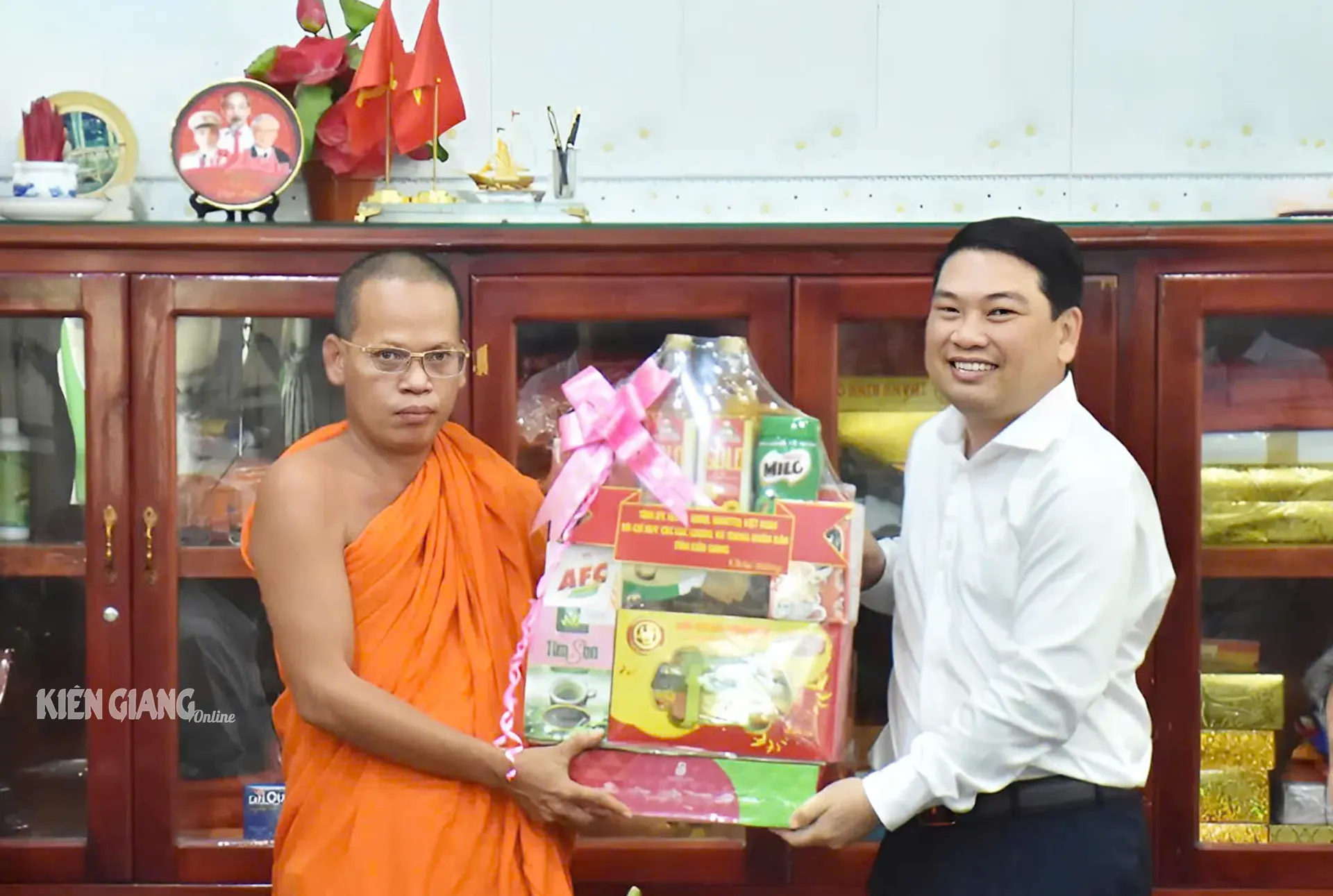




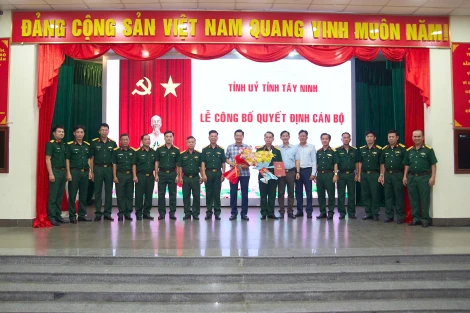
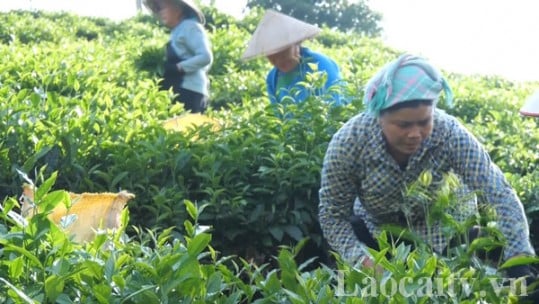


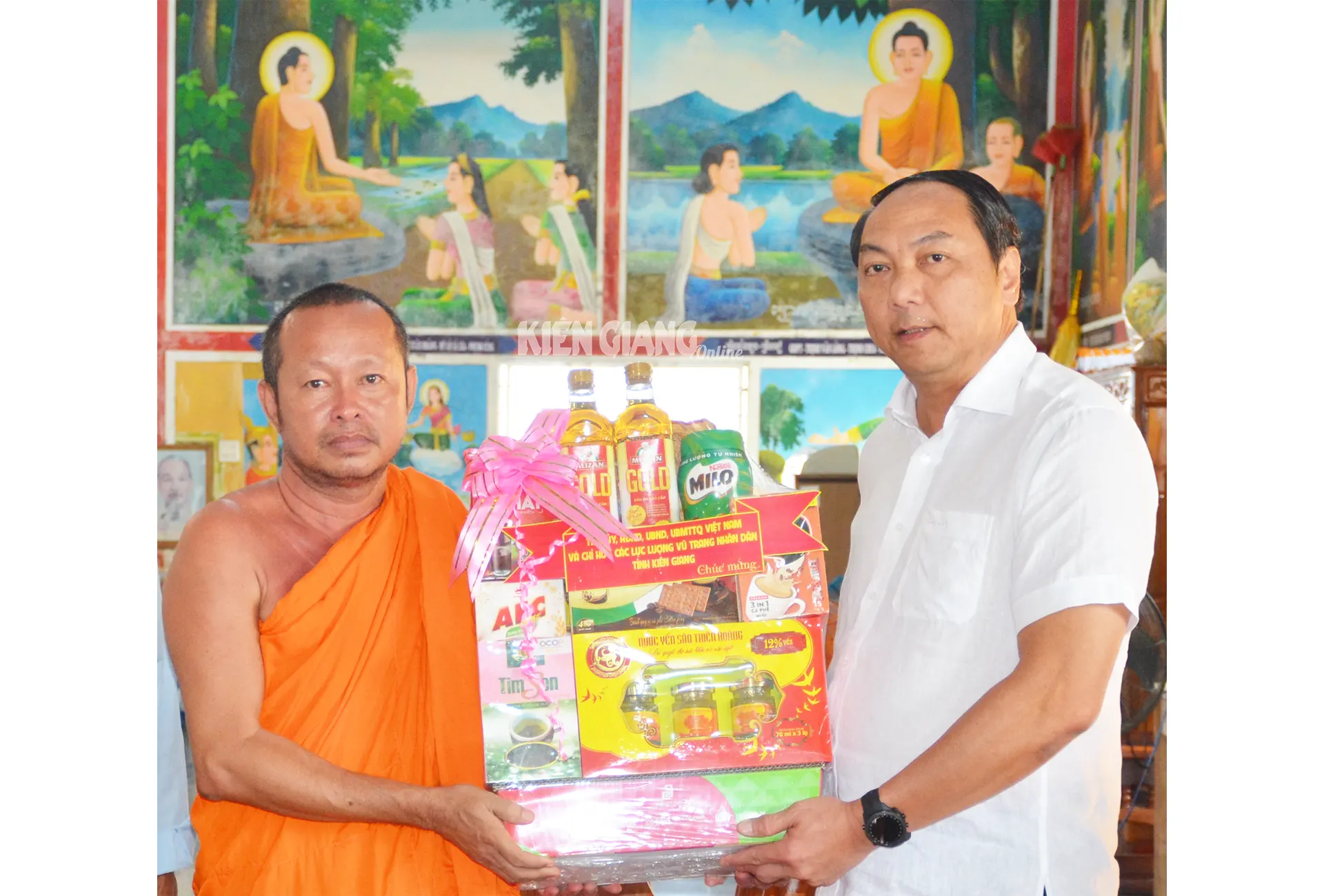
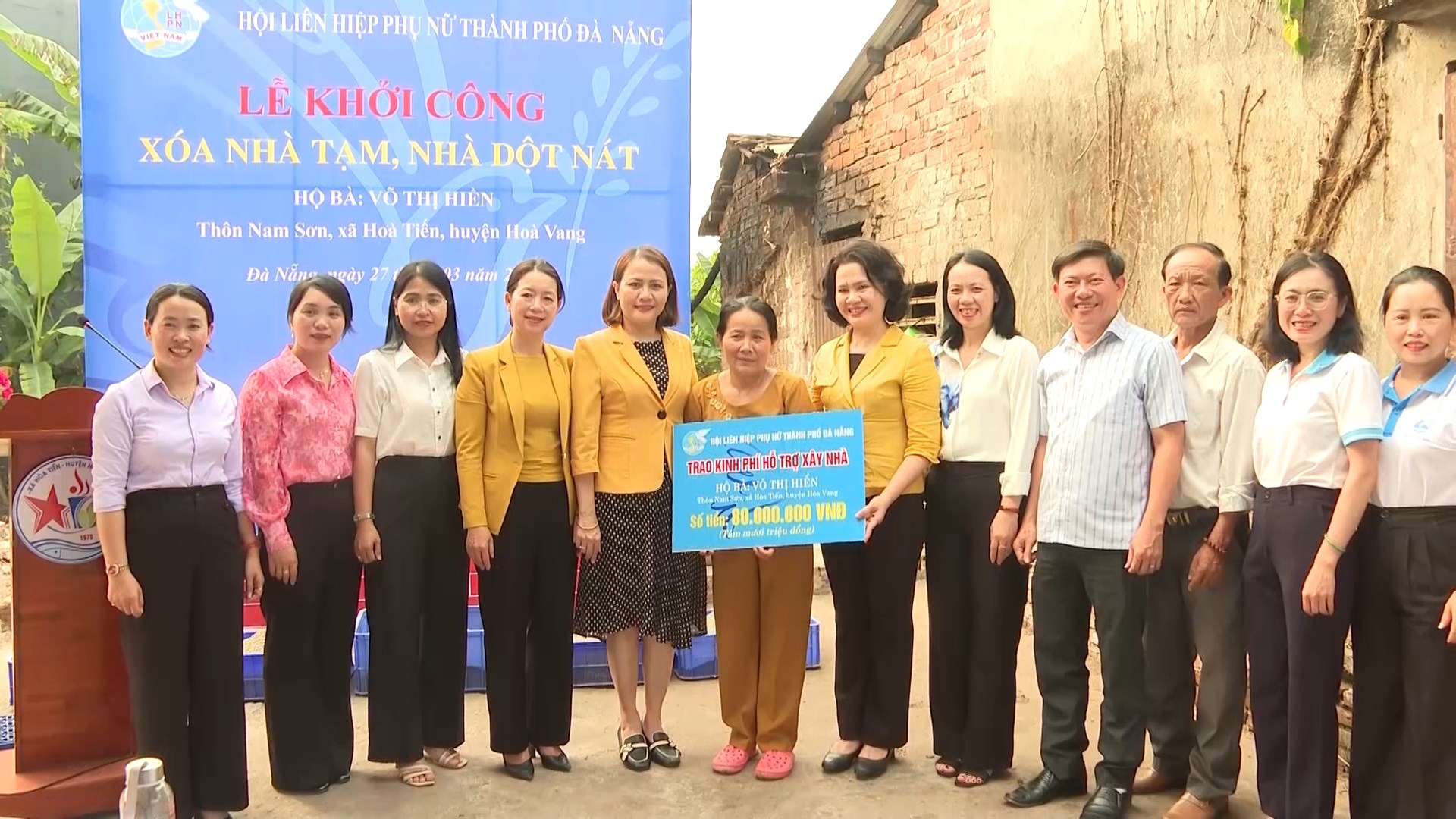





































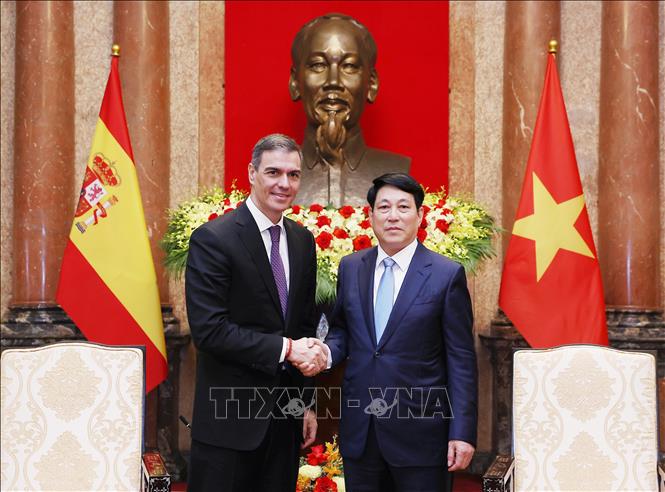








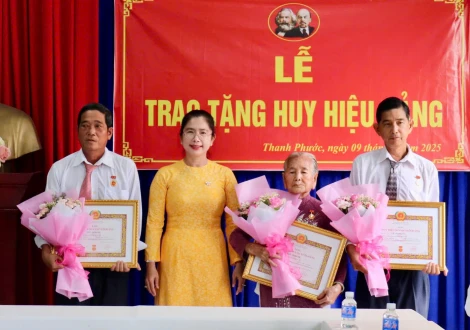










Comment (0)